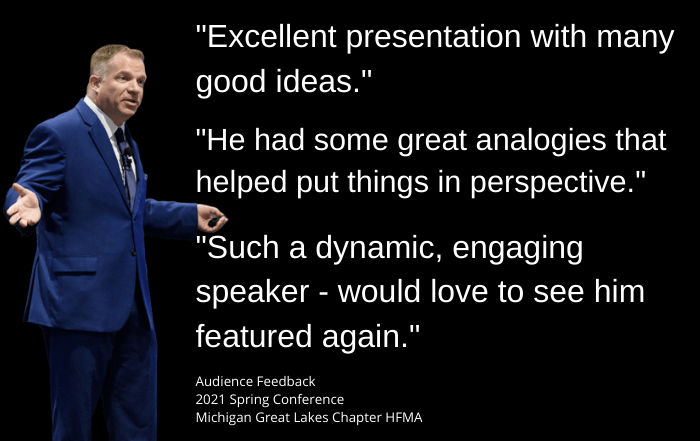 Effective work instructions could be the missing piece in your organization. As a business leader, providing clear and concise directions to your employees will likely create a productive work environment and help you reach your goals.
Effective work instructions could be the missing piece in your organization. As a business leader, providing clear and concise directions to your employees will likely create a productive work environment and help you reach your goals.
Without them, otherwise successful businesses may slide into mediocrity, as confusion, mistakes, and a falling workplace culture become commonplace.
Often, poor work instructions are delivered with good intentions but poor execution. In the world of keynote speaking, there’s an example I call, The Don’t Breathe Too Much Request.
Moments before the speaker goes on stage, the person who hired them makes a last minute demand. It could involve the use of humor, the length of the talk, or special request.
Much like asking someone not to breathe too much, the request is hard to follow for several reasons:
- It comes at the last minute.
- The speaker has no time to ask followup questions.
- The instructions are extremely subjective and without background on them, they are hard to follow.
As a result, the demand impacts the presentation in a negative way. In the end, the speaker and the person who hired the speaker are both unhappy with the results.
Let’s prevent confusion improve your effective work instructions with these tips:
Embrace Clarity
When business leaders get busy, clarity is often lost. Slow down and give the instructions the time you feel they deserve. This may be different than the time you have in the moment.
Avoid vague or ambiguous language that can confuse employees and lead to misunderstandings. Just because one department understands your jargon, doesn’t mean others will.
Clearly define the objectives, expectations, and desired outcomes of the task. It’s also smart to include a brief explanation for why you want things done a certain way.
Make Complex Tasks Seem Easy
You don’t want something new to become something that seems impossible. Complex tasks can be overwhelming for employees if they are presented as a single entity.
Break them down into smaller, manageable steps and provide clear instructions for each stage. This helps people understand the process and feel more confident.
Consider Learning Styles
Effective work instructions acknowledge different learning styles. Researchers believe people fall into four categories: visual, auditory, reading/writing, and kinesthetic. For instance, saying something may not help those who learn visually perform at their best.
Consider supporting your verbal or written instructions with memorable examples and visual aids. Visual representations, diagrams, or samples can provide clarity and eliminate potential confusion. Some may respond well to slogans or acronyms.
Experiment to find the right mix for your group. For big projects, consider bringing in different members of your organization for help. They can also help you test the clarity of your instructions.
Give Employees a Chance to Speak
Do employees feel comfortable asking questions and seeking clarification? Encourage open dialogue and practice active listening.
This way, you address any uncertainties, reinforce important instructions, and ensure alignment between your expectations and their understanding.
Remember, a question is not an act of defiance. And better to answer a question early, than have to make costly corrections later.
Adjust as Needed
Giving effective work instructions represents an ongoing challenge. Don’t just do an info dump and leave it at that. Your goal is to find the right formula to help employees unlock their potential.
Offer ongoing support and feedback to your employees throughout the task. Check in regularly to see if they have any questions or need additional guidance.
Find out what worked, what didn’t, and adjust accordingly.






